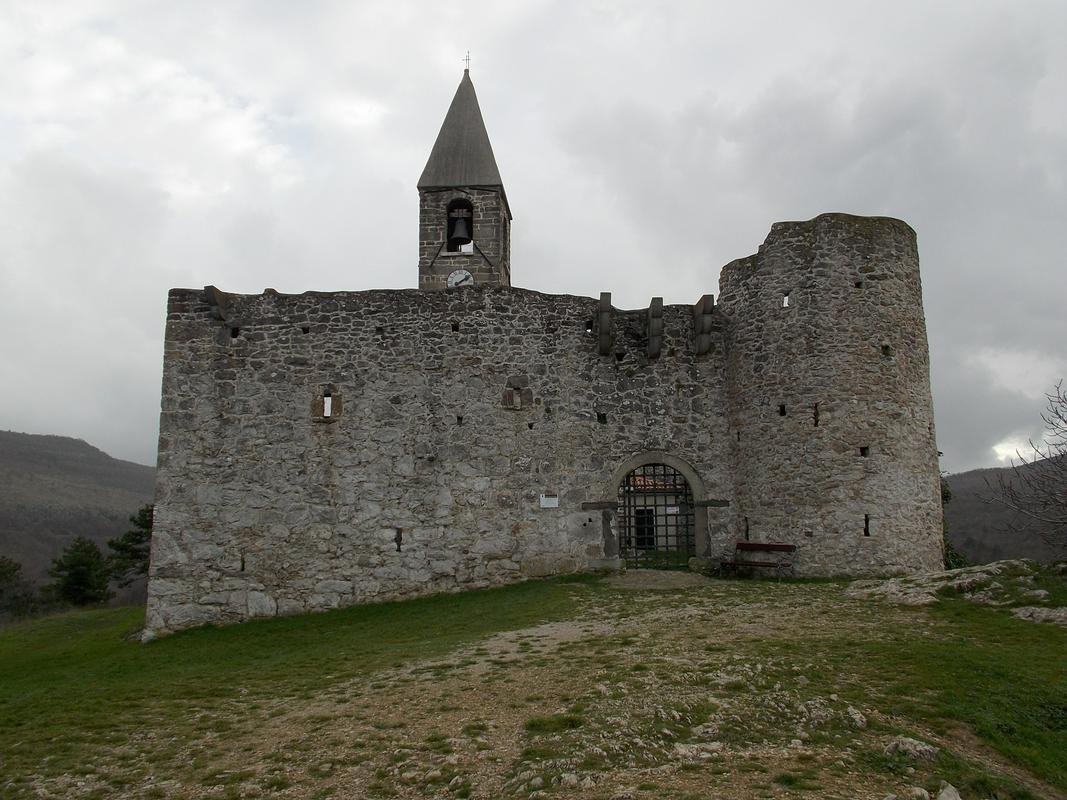

The fresco is known as the “Dance of Death.” Painted on the wall of a church in the picturesque, stone village of Hrastovlje in Slovenian Istria, it depicts a scene remarkable for its day: Skeletons, representing death, leading a dance with people from various social classes, from priests and nobles to children and paupers. The fresco’s message is unmistakable – everyone, no matter what their station in life, is equal in death.
This was a remarkably egalitarian message in the highly stratified world of the late Middle Ages, when the fresco was painted in the small, walled Church of the Holy Trinity on the outskirts of the village. Experts date the work to 1490; it’s most likely the work of Johannes de Kastua, a skilled Istrian painter who had also worked on other churches in the region.
The fresco portrays skeletons leading a child, a pauper, a cripple, a monk, the Pope, the King, the Queen, and others towards a freshly dug grave. For all of them, death is an inevitable reality. Their skeletal companions are all identical, as is the ultimate fate of the condemned.
For many years, the fresco remained hidden from human eyes. It had been covered up during one of the numerous renovations undertaken since the church was built. It wasn’t until 1949 that Jože Pohlen, a sculptor born in Hrastovlje, discovered the spectacular fresco under a thick layer of plaster. For the first time in years, gazes were again drawn to the work’s eternal message.
The fresco is an example of a “danse macabre” – a popular artistic genre of the Middle Ages emphasizing the universality of death. The Slovenian example is one of the finest examples of the genre, and it includes several details that make it truly special. For example, one of the skeletons is refusing to be bribed with gold coins – another symbolic statement about how even riches cannot prevent the ultimate fate of every human. The fresco also includes inscriptions in Glagolitic, an ancient Slavic script rarely found elsewhere in Slovenia.
Another element that makes the site unique is the near lack of tourists visiting the small, out-of-the-way church. In a continent where great historical art usually attracts vast crowds, visitors can admire the fresco and contemplate its universal message in quiet solitude – just as the villagers of Hrastovlje did so many centuries ago.

































































